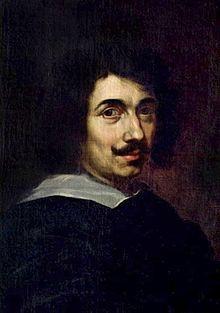Juno and Argo
Claude Lorrain
Description
65 cm x 93,5 cm
About the artist
He was a prolific creator of drawings in pen and very often monochrome watercolour "wash", usually brown but sometimes grey. Chalk is sometimes used for under-drawing, and white highlighting in various media may be employed, much less often other colours such as pink. These fall into three fairly distinct groups.



